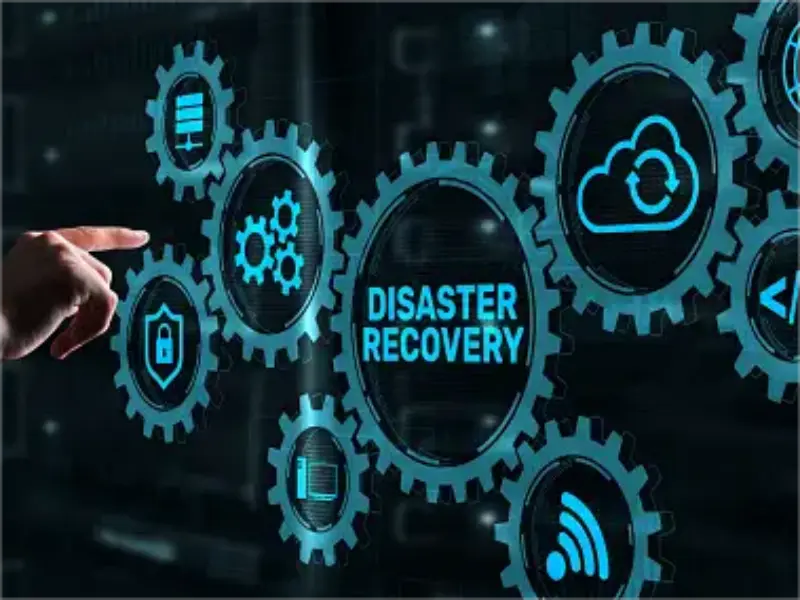- A disaster recovery plan includes risk assessment, setting recovery objectives and developing a clear communication strategy.
- Implementing disaster recovery requires detailed planning, appropriate resource allocation and thorough staff training to ensure a rapid and effective response to disruptions.
- Leveraging technologies such as cloud computing and automation plays a key role in improving the efficiency and effectiveness of disaster recovery strategies.
Disaster Recovery (DR) is critical in today’s digital landscape, where businesses rely heavily on a robust IT infrastructure to operate. The essence of DR is to quickly restore systems and data after a disruption, minimising downtime to prevent significant operational and financial losses. As industries increasingly migrate to digital platforms, the need for effective DR strategies grows.
Technological advances are having a significant impact on disaster recovery processes. The rise of cloud computing has been a key step forward, offering more dynamic and cost-effective methods of data protection and system recovery. This trend is complemented by the integration of AI and machine learning, which not only streamline recovery procedures, but also ensure business continuity.
What is disaster recovery
Disaster Recovery (DR) is the set of policies and practices used to recover and protect an organisation’s IT infrastructure in the event of a disaster. This can be any event that threatens business operations, from cyber-attacks to natural disasters. The key objective is to minimise the impact on business operations and reduce both downtime and data loss by rapidly restoring IT and infrastructure functions.
Also read: What is cloud backup and recovery?
The core components of a disaster recovery plan
Risk assessment and business impact analysis: This involves assessing potential risks and their impact on business operations. It helps identify which business functions and resources are critical to the survival of the organisation, and therefore where recovery efforts should be focused.
Recovery objectives: Setting clear recovery time objectives(RTO) and recovery point objectives(RPO) ensures that everyone understands the maximum acceptable downtime and data loss.
Communication plan: Developing a systematic communication strategy to keep stakeholders informed during and after a disaster is critical. This should detail communication responsibilities and the means to ensure that all parties can communicate effectively despite potential challenges.
Types of disaster recovery strategies
Data centre disaster recovery: This strategy focuses on the deployment and ongoing operation of physical or virtual servers to ensure data replication and effective backup processes are in place.
Cloud-based disaster recovery: Leverages the flexibility and cost-effectiveness of cloud computing to create, store and manage data backups or run secondary environments for continuous accessibility.
Virtualisation: Virtualised environments can support rapid recovery by encapsulating entire servers into a single virtual server. This server can be backed up or mirrored to an off-site data centre and activated in minutes.
Implementing a disaster recovery plan
Plan development: Includes the creation of a comprehensive disaster recovery document that outlines each step of the recovery process.
Resource allocation: Focuses on allocating sufficient financial, human and technology resources to ensure that recovery can occur within established recovery time objectives.
Staff Training: Regular training is necessary to ensure that employees understand their role in the recovery effort and can act effectively and efficiently during a disaster.
The role of technology in disaster recovery
Cloud computing: Not only does it reduce the vulnerability of physical infrastructure, but it also provides scalable resources to handle data backup and recovery processes.
Automation: Automation tools can streamline disaster recovery processes, minimising the risk of human error during high-stress periods.
Also read: Which 2 are benefits of oracle cloud infrastructure transit routing?
Test and maintain your disaster recovery plan
The disaster recovery plan must be a living document that is regularly updated and tested to ensure its effectiveness. Ongoing testing helps to identify gaps in the plan before an actual disaster occurs, while regular updates take into account new business processes and technologies.

